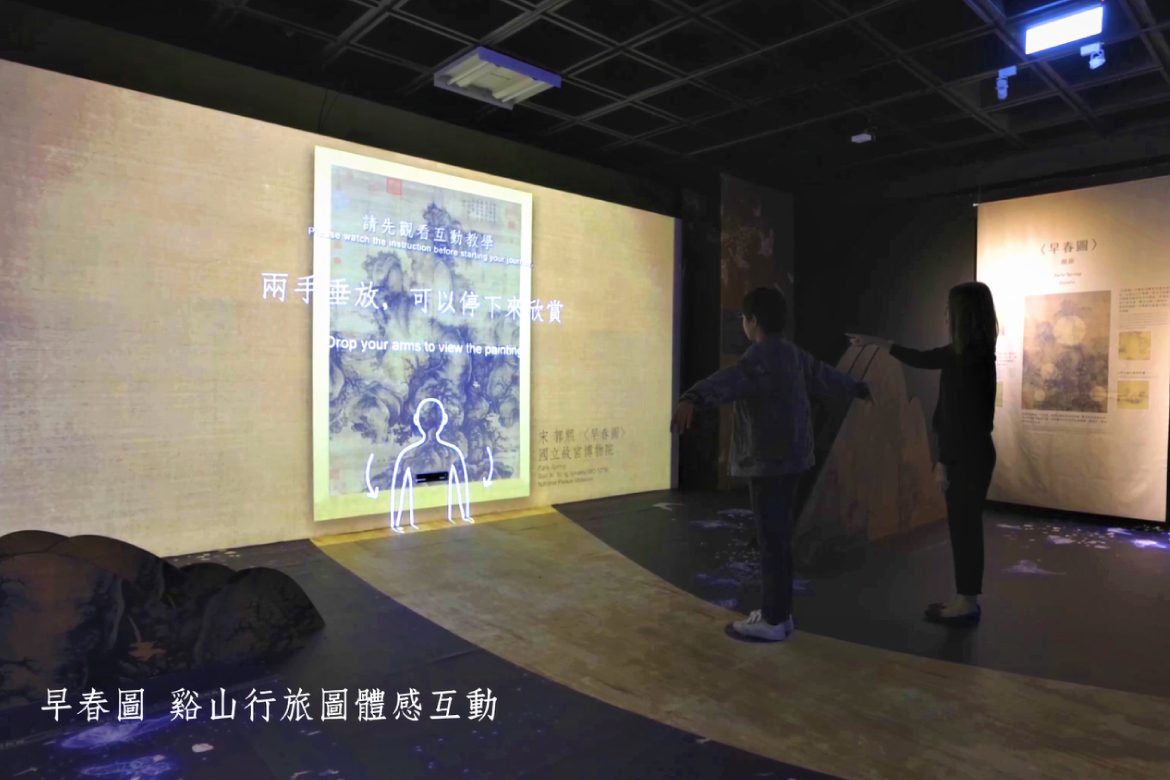- Digital content will be the highest value-added and competitive industry in the future and will be identified as the “star” core and potential for Taiwan’s economic developments in a knowledge-based economy.
- Combining culture, creativity, and commerce has facilitated the development and growth of Taiwan’s cultural and creative industries. Because creativity enhances the value of culture, both culture and creativity have become sustainable commercial operations, where digital content steps in.
- Digital technology for the democratisation of knowledge for all types of audiences is becoming an important area of investment.
Known as the Asian Dragon, Taiwan is one of the fastest-growing economies in Asia. It has sustained a high-growth economy in the past few years, charged by rapid industrialisation and exports. Meanwhile, the digital market and e-commerce are also expanding in Taiwan.
Under the “National Digital Archives Program” and the “National Science and Technology Program for e-Learning”, various kinds of archives are kept in Academia Sinica, the National Palace Museum, National Taiwan University and many other public and private cultural institutions in Taiwan have been digitised. These two Taiwanese programs have successfully integrated the development of different fields in science, humanities, economy, and technology. Experts in different fields were brought together to exchange ideas and to consider how to create, organise and disseminate knowledge. The results of digitisation have not only increased accessibility to these knowledge resources for scholars but also allowed the general public to transcend barriers of time and space in appreciating and utilising knowledge, thereby creating more fun and happiness in their lives. The National Palace Museum exemplifies the digital landscape, trends, and opportunities in Taiwan.
A history is a powerful tool for understanding society. Not only are we immersed in the facts of the past, but we also acquire a critical view of our present and become actors in our own future. With nearly 700,000 precious artifacts, the National Palace Museum houses one of the largest collections of Chinese art in the world. Its extensive collection spans thousands of years and covers ceramics, bronzes, jades, curios, calligraphy, painting, rare books, and documents.
According to the Law on the Development of Cultural and Creative Industries promulgated by the Ministry of Culture in 2019, the preservation and dissemination of culture should “strengthen artistic creation, employ new technologies, enhance local characteristics, elevate citizens’ ability to appreciate culture, and improve the popularity of cultural art in order to comply with international trends”. The use of technology in the cultural sphere makes it possible to revalue heritage while disseminating it in various forms in order to offer a pleasant and scientific narrative. For this reason, in recent years, the National Palace Museum has focused on combining culture and technology, so that their treasures and inheritance will be more accessible to people around the world while developing the economy of the digital industry.
Digital technology at the service of exhibitions
The technologies and equipment used in the on-site displays are very diverse and include virtual reality, augmented reality, mixed reality, touch screens, large-scale projections, interactive devices (such as sensing technology, touch screens, etc.), immersive theatre, 8K high-resolution images, projection mapping, 5G technology, AI recognition, and eye-tracking. Digital technology is used to distinguish itself from traditional museum visits. The different installations each have different expressions and objectives depending on the artefact from which they are inspired or the equipment and technology used. Whatever the technology, the main objective is to enhance the understanding of and interest in the National Palace Museum’s collection by modern audiences, or to reintroduce the collection from a different perspective.
For example, one of the body interactive installations called “Into the Painting” allows visitors to travel through the classic painting Early Spring. Through this multi-sensory interactive technology, the visitor is invited to walk through the vast landscape and observe the figures, the magnificent mountains, the gurgling streams, and the pavilions following the meandering of the painter’s brush. The visitor contemplates the majestic landscape like a bird soaring through the sky.
Online application
The digital revolution is a fact. According to the ASIAPAC Net Media Limited, Taiwan netizens’ daily time spent on the internet is seven hours 57 minutes, including two hours for social media and two hours 27 minutes for videos. The National Palace Museum has developed new strategies to evolve with its environment and gain a competitive advantage. The museum promotes its cultural heritage through its digital marketing. Social networks (Facebook, Instagram and Youtube), podcasts, or various digital platforms, on which it uploads its content, help to bring the collection into the everyday life of the public.
In addition, through recent digital exhibitions, such as “Exploring a Wondrous Landscape” and “Epitome of Aesthetics“, the museum has been able to attract wider groups of viewers, including those who are not usually interested in traditional exhibitions. As digital interactive devices and multimedia technologies offer more diverse visual experiences than traditional exhibitions and combine entertainment and education, it is able to attract more families and young audiences. In this increasingly connected era, visitors will be able to share their museum experiences with their community and extend the visibility of the museum. Historical knowledge is no longer confined to a specific space but extends beyond the boundaries of museums while seeking to capture a younger target audience through the cartoon “Adventures of the Mythical Creatures at the National Palace Museum”. Lastly, what could be better than to have an interactive 3D appreciation of this Cobalt Blue Enamel Swirling Vase with Swimming Fish the Qing Dynasty?
Technology in the service of education
The National Palace Museum is not just about offering new exhibitions on its premises or even offering new content on social networks online. Since 2019, it has also wanted to extend its influence in the educational sphere through a project focused on combining the characteristics of art museums and STEAM (science, technology, engineering, art, and mathematics) education. The educational program includes some technological varieties such as 3D modelling, Scratch, Micro:bit, 360VR, Apps, drones, and Minecraft. These have been loaded into a STEAM mobile education bus with the aim of reaching primary and secondary schools in rural areas. Cultural knowledge is thus presented in a playful form for a school audience.
Therefore, the education sector becomes attractive for development opportunities, and the promotion of the commercialisation of new technologies. According to the study of The Taiwan Studies Program, “given the wave of digitisation, platform integration and technological innovation have become key for the development of cultural and creative industries”.
Conclusion
We have seen that the National Palace Museum uses a wide range of technologies that offer new perspectives and visual experiences different from those of traditional exhibitions, and help viewers to see the collections in a new light and even use them to better understand the artefacts. By preserving the collection through digital technologies such as high-resolution images, the museum extends the life of the collection.
International Institute for Management Development states that promoting technological innovation, deepening international cooperation, and strengthening domestic and foreign investment in Taiwan will be the key ideas in the post-pandemic global recovery. Taiwan has great potential in digital marketing, as the Internet penetration rate is high and economic development is steadily increasing. The various sectors such as e-commerce, video marketing as well as Direct-to-consumer (DTC), or Business-to-Consumer (B2C) are great opportunities in the land of the Asian Dragon.






NO COMMENT